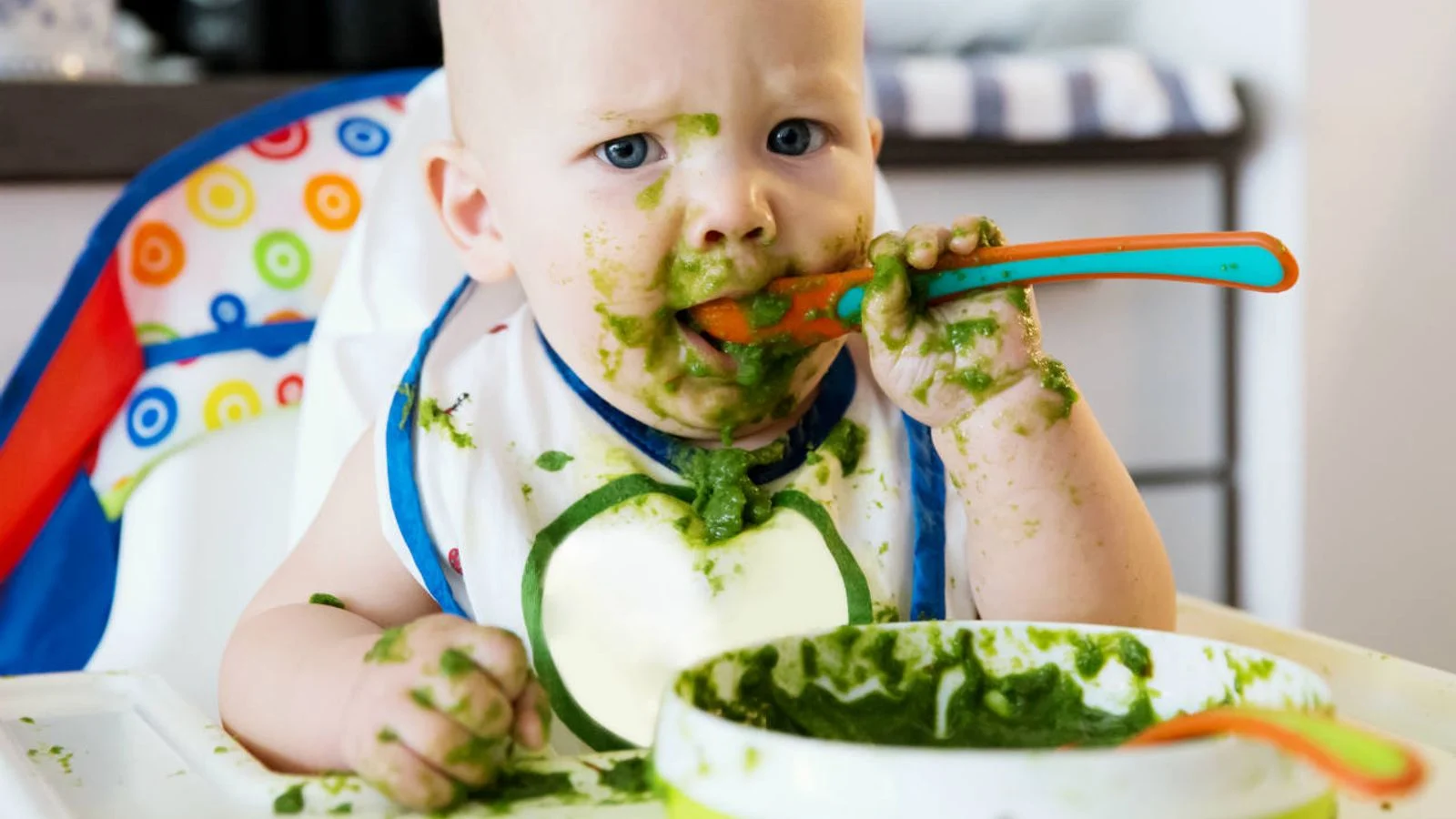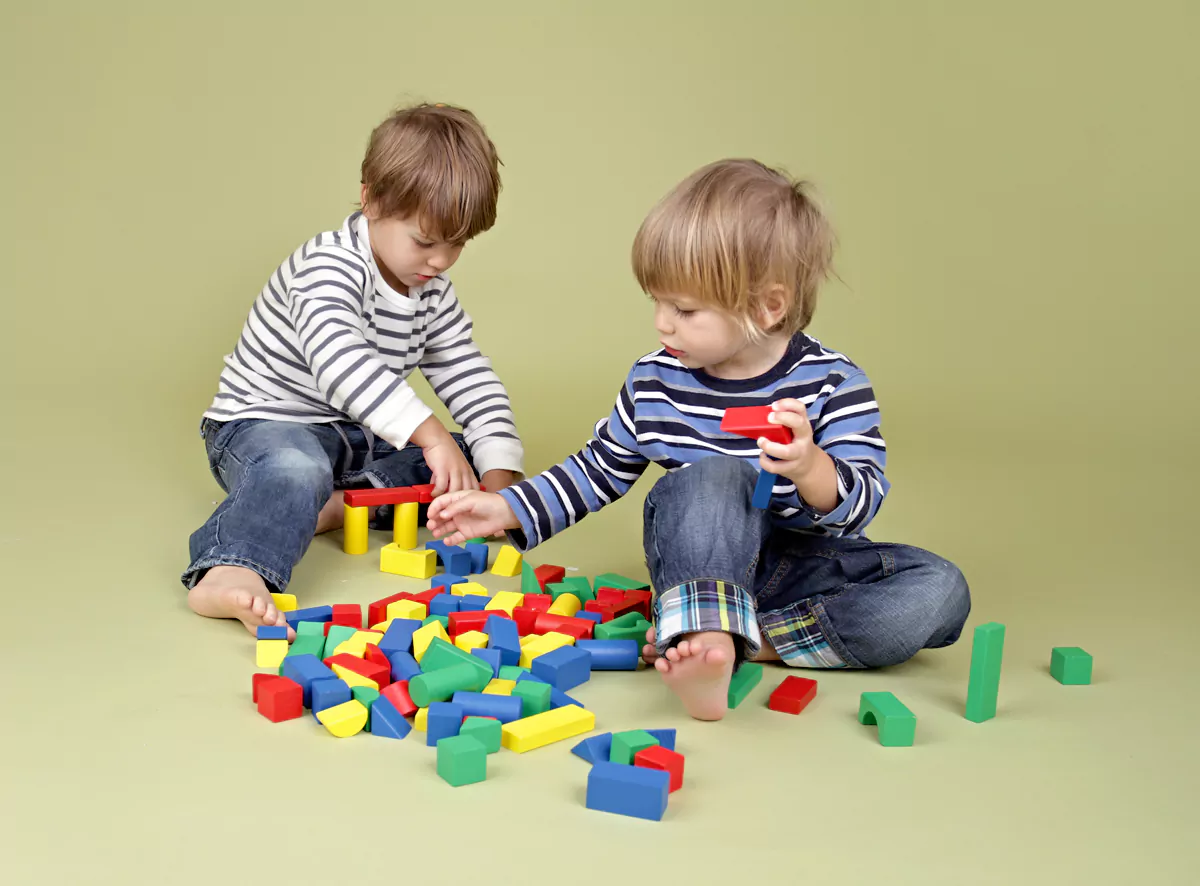Supporting your little one’s growth can be such a rewarding experience. Fine motor skills play a significant role in their ability to grasp, pick up objects, and manipulate toys, creating a foundation for future activities.
It’s truly remarkable how engaging in natural play can boost this development.
With a few easy activities woven into your daily routine, you can promote dexterity and hand-eye coordination without feeling overwhelmed.
So, what are some fun ideas to get started?
One great activity is playing with baby toys that encourage reaching and grasping. Think about soft blocks or textured balls.
These special items can help your baby practice their skills while having a blast. Another fun option is sensory play, which can enhance babies’ grasping skills, dexterity, and hand-eye coordination while providing engaging experiences.
Importance Of Grasping For Development
It’s fascinating how something as simple as a little hand movement can open the door to so much growth. Grasping isn’t just a cute baby trick; it’s an important stepping stone in your child’s journey of development.
This foundational skill lays the groundwork for exciting milestones like walking and talking.
It’s all connected! With every grasp, little ones refine their fine motor tasks, leading to better overall coordination.
You might notice your child diving into play activities, from stacking blocks to trying out finger painting. Every little grasp shapes their future in remarkable ways, supporting both physical and cognitive growth.
How To Encourage Dexterity In Activities
Engaging your little one with hands-on activities can truly enhance their physical abilities. It’s all about making the most of those early moments in their journey.
Encourage them to grasp and manipulate different objects, as these experiences are important for developing small muscle control.
Everyday items like wooden spoons or soft balls can be fantastic tools for this.
Simple playtimes involving stacking blocks or fitting shapes not only make playtime enjoyable but also help them achieve important developmental milestones. These actions build fine motor skills and promote coordination, making every interaction a valuable experience.
It’s not just about the activities themselves; it’s about having fun together while supporting their infant growth.
So, embrace the joy of exploration! Now, let’s dive into how engaging in sensory play at home can further support their development.
Engaging In Sensory Play At Home
Isn’t it fascinating how children naturally want to explore everything around them? Engaging their senses opens up a world of discovery and joy. Texture exploration through various materials creates an enriching experience for little ones.
Imagine the delight they find in squeezing soft toys or squishy balls! You might even think about setting up a sensory bin filled with rice or sand, allowing your child to dig and feel their way through.
These simple games not only stimulate their senses but also invite parents to join in, making every moment spent together even more memorable.
Tips For Enhancing HandEye Coordination
Getting your little one moving can lead to some really enjoyable moments. Consider incorporating some fun coordination exercises using safe objects around the house.
For example, tossing a soft ball not only engages them but also helps sharpen their skills.
Another great activity is threading beads together, which can be a delightful way to promote those developing abilities.
You can also add some physical play into your routine; reaching for toys or crawling can work wonders for their coordination. Consistent practice helps a lot, and you both will have a blast while enhancing those important skills.
As you dive into these activities, think about how sensory play can boost engagement.
Simple textures and vibrant colors capture their attention and provide more opportunities for movement. It’s incredible how these small moments can support growth and enrich experiences. Now, let’s move to something equally exciting—creative finger painting ideas that can spark safe objects, coordination exercises, threading beads, and practice through physical play.
Coordination and Sensory Play
- Engaging in coordination exercises like tossing a soft ball can improve hand-eye coordination in young children.
- Threading beads enhances fine motor skills and promotes concentration and patience.
- Physical activities such as crawling and reaching for toys help develop gross motor skills essential for overall physical development.
- Incorporating sensory play with various textures and colors can significantly increase a child’s engagement and willingness to explore movement.
Creative Finger Painting Ideas For Babies
Letting your baby dive into the world of color can be a delightful and engaging experience. Finger painting not only allows little ones to express their creativity but also promotes tactile stimulation as they explore different textures.
Watching their tiny hands move through vibrant hues helps them develop visual tracking skills, making this messy activity both fun and educational.
You can whip up some safe, edible paints using natural ingredients, so there’s no need to worry about what they might get into.
To make things even more interesting, consider incorporating Montessori materials like sponges or cloths that enhance their exploration. Themed sessions can really bring the activity to life—think autumn leaves or beloved storybook characters.
Just keep the focus on letting them experiment freely; it’s all about joyful exploration!
When the fun wraps up, having a simple clean-up routine makes everything easier. Opt for non-traditional teaching methods that incorporate Montessori materials, tactile stimulation, visual tracking, pinch activities, and exploration.
Fun Stacking Blocks For Skill Building
Isn’t it fascinating to see how little ones get so absorbed in stacking their blocks? Those colorful blocks are more than just fun objects; they’re valuable tools for developing important skills. As your child stacks each piece, they’re honing their hand-eye coordination while also learning about spatial awareness.
It’s a playful way to introduce color recognition and shape sorting, all while engaging in interactive play.
Starting with larger blocks makes it easier for tiny hands to grab, boosting their confidence along the way.
And remember, the joy of stacking isn’t solely about creating the tallest tower; it’s also about the delightful process of building, tumbling, and rebuilding. Every wobble and crash is just another part of their learning adventure, filled with color recognition, shape sorting, skill enhancement, child safety, and interactive play.
Block Stacking for Children
- Stacking blocks enhances hand-eye coordination in young children.
- Playing with blocks encourages spatial awareness and understanding of balance.
- Engaging in block play promotes color recognition and shape sorting skills.
- Using larger blocks boosts children’s confidence and makes play easier for small hands.
Exploring Texture With Safe Objects
Safe objects with unique textures are fantastic for stirring curiosity and sparking exploration. Think about introducing soft fabric swatches or crinkly sensory toys to enhance their experience.
Building toys that offer varied textures can also be a hit, offering a delightful range of sensations for tiny hands to explore.
Creating a texture treasure basket filled with assorted items can make for an engaging playtime.
Supervised exploration allows for baby-led play, encouraging safe interactions while boosting their fine motor skills through playful discovery. From the roughness of a wooden block to the smoothness of a silk scarf, every touch is essential for their development.
Parent Involvement In Fine Motor Tasks
Engaging with your child during activities is a wonderful way to foster their development. Focusing on fine motor skills helps to build finger strength and coordination, and the best part is that it can be a lot of fun! Everyday tasks like sorting laundry or building with blocks can transform into exciting adventures.
You can even create games that nurture creativity, making playtime a rich learning experience.
Using developmental toys opens up a world of exploration and hands-on activity that encourages progress.
As you work together, be on the lookout for signs of improvement, such as a tighter grip or more precise movements. Celebrating these small victories adds to the joy of the journey, turning each moment into a shared celebration of growth.
Child Development Activities
- Engaging in fine motor skill activities can significantly enhance children’s finger strength and coordination.
- Everyday tasks, such as sorting laundry, can be transformed into learning opportunities that promote creativity and problem-solving.
- Developmental toys are designed to encourage exploration and hands-on activities, which are crucial for cognitive and physical growth.
- Recognizing and celebrating small improvements in children’s skills fosters motivation and reinforces positive learning experiences.
Conclusion
Reflecting on your little one’s growth journey, it’s clear that your involvement makes a difference. Engaging in simple coordination tasks like stacking blocks not only spices up playtime but also fosters learning.
The more you participate, the more your child hones essential skills.
Activities such as independent play on soft mats or rummaging through colorful bins can significantly enhance their confidence and help them grasp the concept of object permanence.
Each interaction serves as a stepping stone toward their bright future. Let’s cherish every moment and make them count while engaging in coordination tasks, enjoying independent play on mats, organizing our bins, and nurturing our understanding of object permanence.
Originally posted 2025-03-21 12:29:15.





